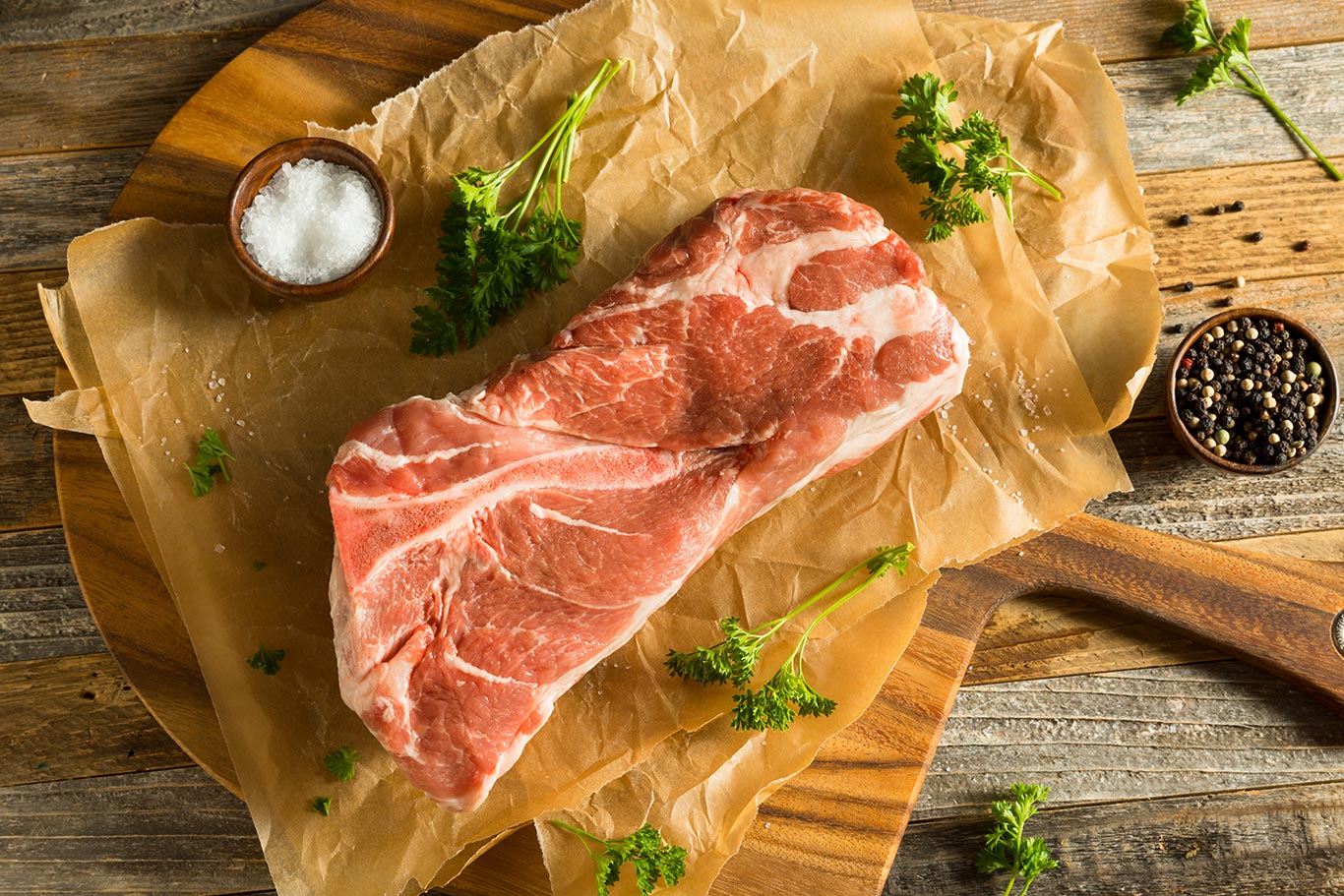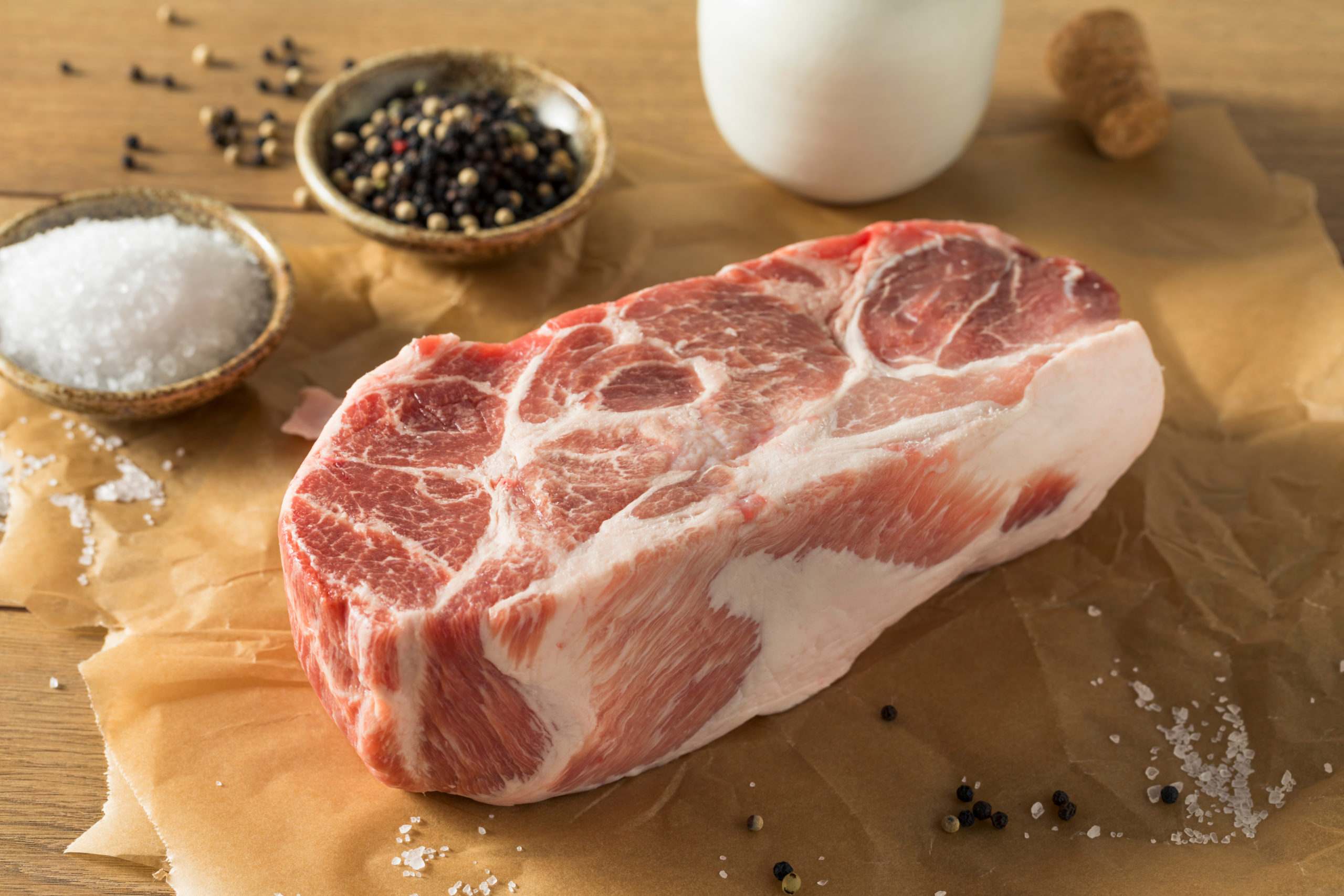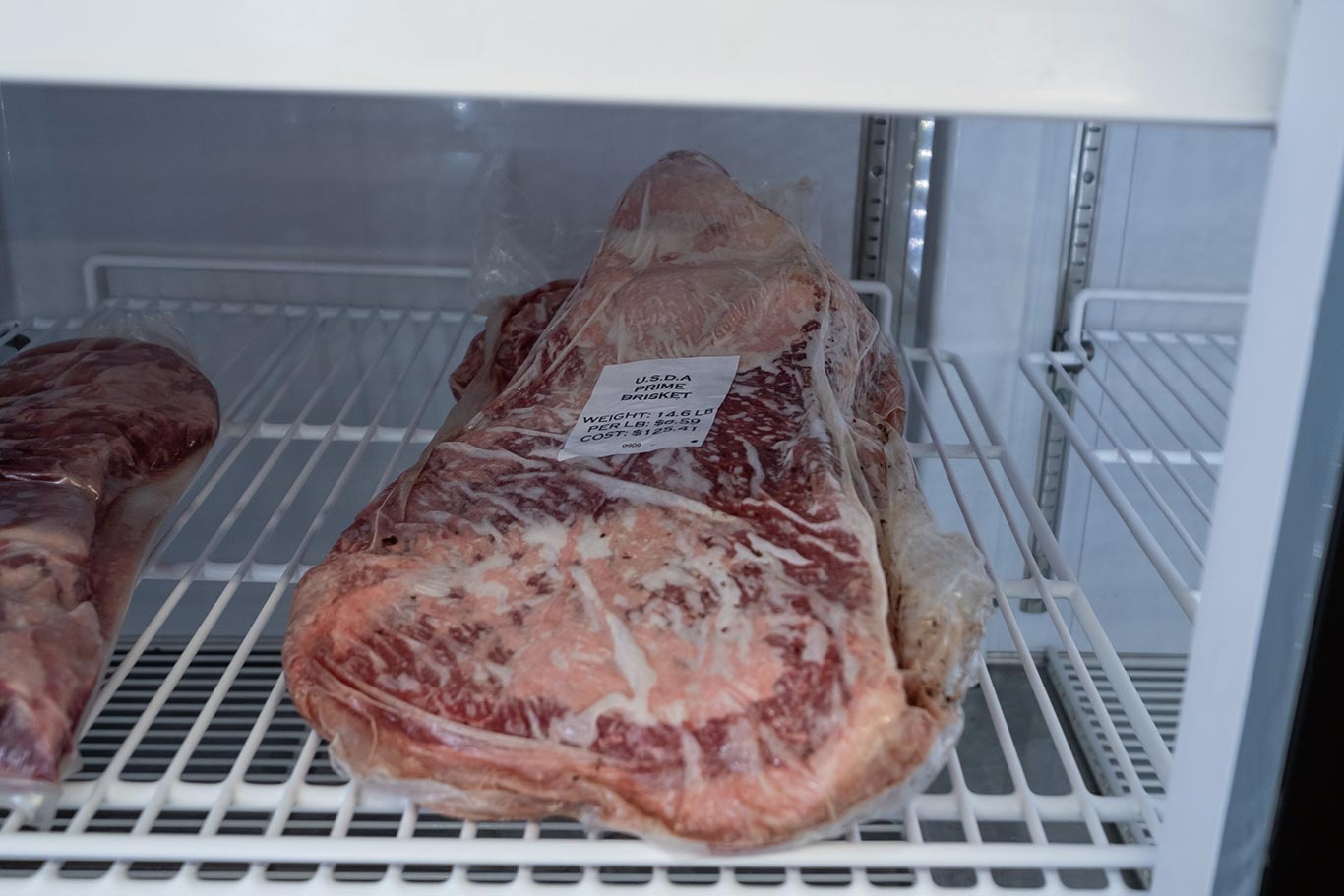Hog and pig roasting is a tradition that has formed roots across the world. There are many countries that have whole celebrations revolving around the sharing of this beast. If you are looking to host a celebration or just a backyard barbecue there are a few things that you should know about roasting a pig before you begin.
You can eat pretty much all of the meat of a pig from the rooter to the tooter. When grilling the pig, coat the grate with cooking oil spray. You can certainly feed a large family gathering with one pig. To prepare the pig, there are a few things you can do. One option is to inject the butts and hams with a mix of apple cider vinegar, salt, apple juice, pepper, and garlic salt. This along with rubbing vegetable oil into the skin of the pig will help give an extra boost of flavor and keep all of it in.
If you are looking to cook a pig there are several different options to do so. You can buy or build your own pit, or use a roaster. The roasters are a great option because you never have to turn the pig. There is such temperature control allowing for perfect cooking and fat rendering each and every time. If you are using a roaster, the general rule of thumb is to fill it with ¾ lb. of charcoal for every 1 lb. of pig. Also, if you have wood pieces that are approximately 6” x 6” then simply put them in front of the lit coals.
Your roaster will need about forty five minutes to an hour to reach a temperature of 300-325. Once it reaches 325 ideally, you can place your pig on the grate. The temperature will drop due to putting on a cold pig, but the temperature will rise again once they pig heats up. Just make sure you maintain a temperature of approximately 300 degrees.
You also want to give yourself ample time to cook the pig as well. This will not be as simple as tossing a few hot dogs on the grill, you may be cooking for the majority of the day before your pig will be ready. The rule is to allow one hour of cooking time for every 10 lbs. of pig. Allowing some buffer time would also be wise.
When the internal temperature gets to be at least 185 or more, then you are ready to remove the pig. Make sure to test the temperature in both the hams and the butts. If it is low in one of the areas, make sure the lowest at least reaches 185 before taking it out. It is OK for one section to get hotter while the other cooks.
Once your pig is cooked and removed from the roaster, there is some cool down that should happen first. Double wrap the pig in heavy tin foil, cover it with a blanket, and allow it to rest and cool for at least one hour. But, don’t worry- the pig will be hot for at least 3 hours, and stay warm for many hours after that.
If you are ready to take on the challenge of roasting a pig, there will be an amazing reward of a great meal and pride of a job well done indicated by the full bellies of your friends and families. Once you finish your first roast, feel free to comment and let us all know how it turned out.


